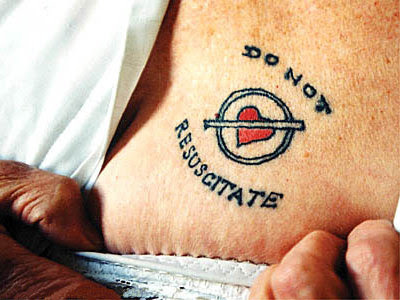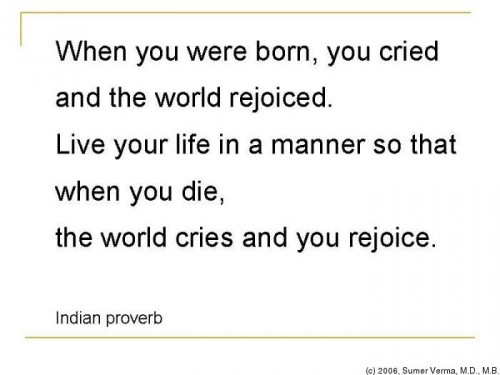RECONSTRUCTING THE CHANGING FACE OF DEATH, Part 2
— Charles Corr
Humans strive to influence or control nature and the natural patterns of events around them.
Another prominent chance in our mortality patterns has to do with the location or place of death. By 1949 approximately 50% of the deaths in the United States took place in an institution. By 1958 institutionalized deaths had risen to just over 60%. Now, 70-80 percent of deaths in our society occur in an institutional setting.
 Locating death in institutions is a major social change from those times when death ordinarily occurred at home. It means that death is removed in one more way from the midst of our lives. This tend to segregate death from the rest of society. As a result, individuals in our society are now much more likely to die alone, in unfamiliar surroundings, or amongst strangers than they are to die at home in the company of those they love.
Locating death in institutions is a major social change from those times when death ordinarily occurred at home. It means that death is removed in one more way from the midst of our lives. This tend to segregate death from the rest of society. As a result, individuals in our society are now much more likely to die alone, in unfamiliar surroundings, or amongst strangers than they are to die at home in the company of those they love.
This has important and often negative implications for the way dying will be experienced, for survivors, and for the institutions into which death is increasingly thrust, especially if many of those institutions view themselves as “health centers”. In such institutions dying is very likely to be regarded as an unhealthy or undesirable thing to do.
Whereas death has become less erratic and mysterious, more predictable and understandable at the objective level, it is also increasingly an experience that has grown apart from the mainstream of every day life.
Death has become less natural and familiar to us and thus increasingly appears to be less appropriate as a part of a person’s lot in life.
The more the natural death of human beings becomes a less familiar part of our lives, death achieves a startling prominence as an insubstantial fantasy in the mass media and popular culture. Death is staple fare of popular entertainment fantasies. A perverse feature of the cowboy, police, medical and adventure stories depicted on television and in the movies.
We are bombarded with images of death that are apart from and inconsistent with the realities of life. This leads to an even more distorted image of death.
“Tamed death” Life and death were close companions. Death was both familiar and near, a customary fact of human destiny. Tame death was often sad and painful, but it did not appear to threaten the regular order of life’s events as death often does at present.
“Decent Interval” of dying gave the individual and opportunity to assemble family, set important affairs in order, dispose of property, and “prepare to meet the Maker”. The cult of the ars moriendi the “art of dying” encouraged calmness, solemnity, and a sense of awe. Death could be a high point of life. Death is a culmination in which the individual is a full and often dominant participant, and it results in a loss that is not without its consolations for one’s survivors.
“Break with life” or rapture frightening yet obsessive. What was once ordinary or even banal turned into an object of morbid attention.
“Forbidden Death” shameful and prohibited. A pair of misconceived ingredient: depriving the individual of the truth about death’s imminence and the misplacing of the burden on someone other than the dying. All dependent upon an increasingly negative attitude toward death and its implications.
We know in a abstract intellectual way that death is a general fact of life, but the specific event becomes so unusual that it is regarded as quite unreal.
Socialization process mirrors attitudes. death becomes less and less frequent part of our life. False sense of security grows in its fading presence. Death not really a legitimate part of life, regarded as unfortunate, undesirable, and even improper. Increasing distance coupled with decreasing frequency
Responsibility for the sick, elderly, dying and the dead given to select set of institutions and professional functionaries.
Like all disgusting subjects, death can only be introduced into polite conversation obliquely or euphemistically.
A dying person become a “patient” a revealing label– passively enduring, waiting calmly and undergoing care, receiving treatment from another.
the mobilization of a wide range of equipment technical skills and other resources to combat illness and death.
A narrow range of attitudes dictate the perspective of how individuals ought feel, behave and what society will tolerate.
Part 1 HERE!






